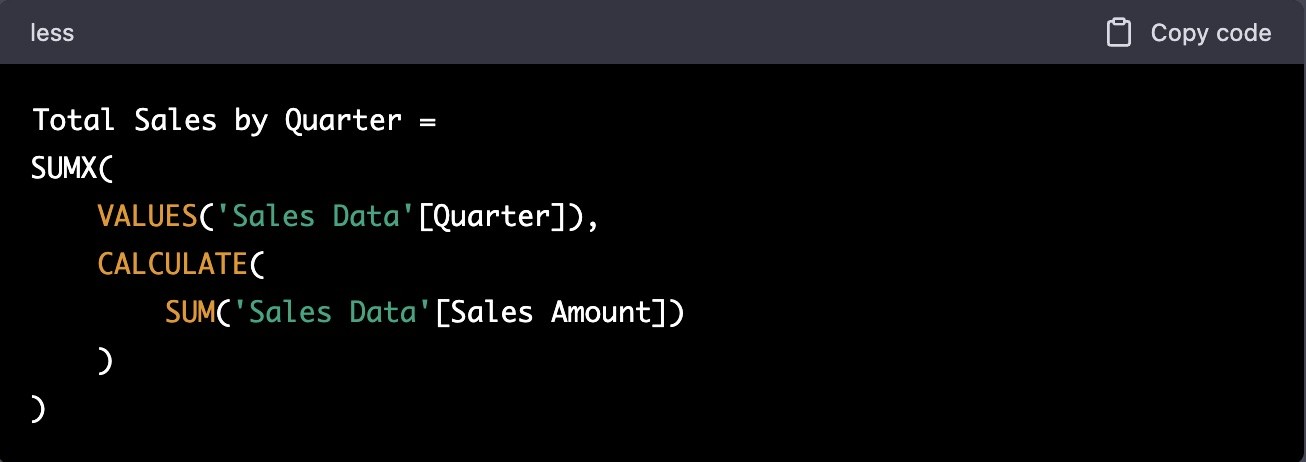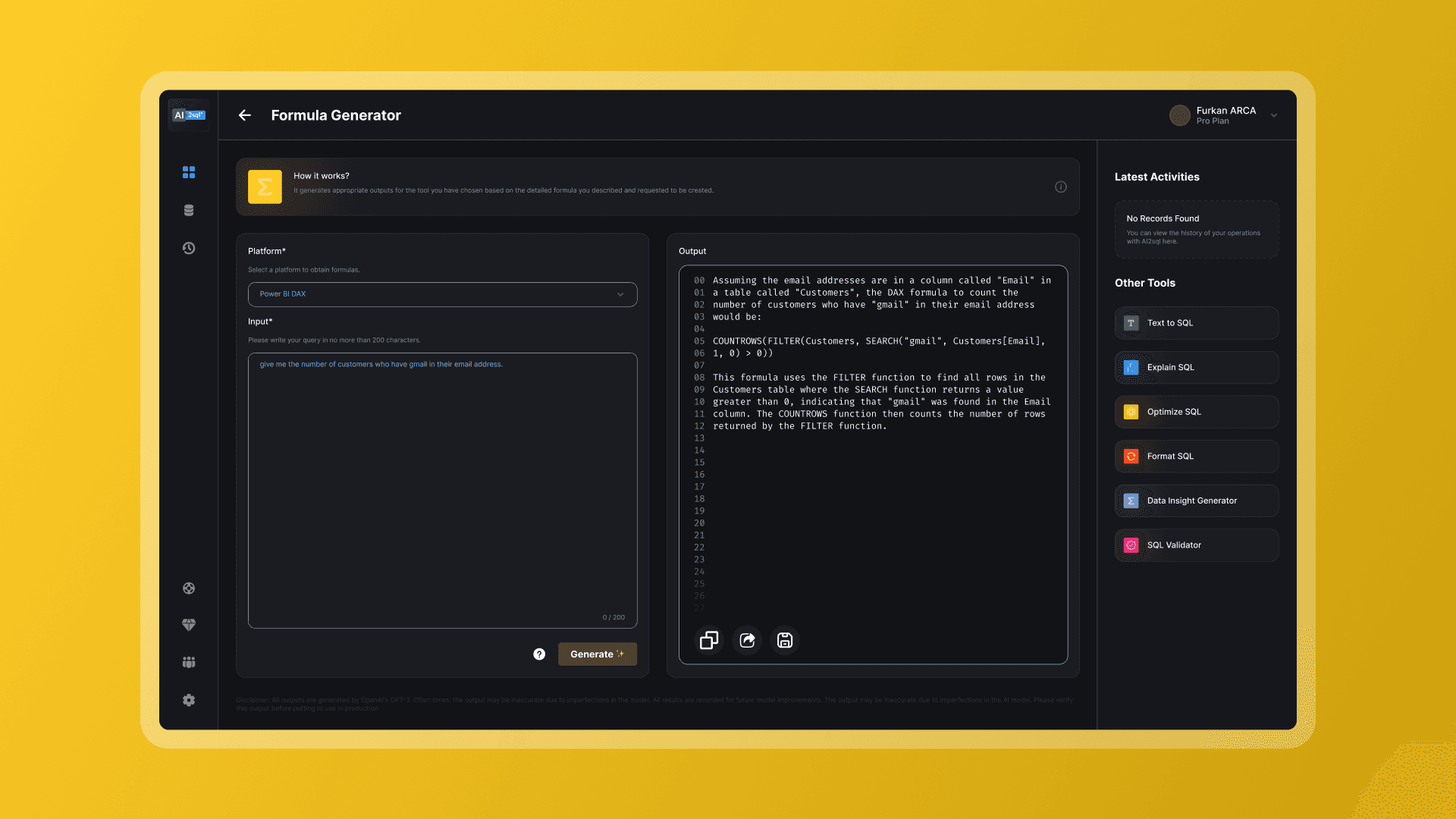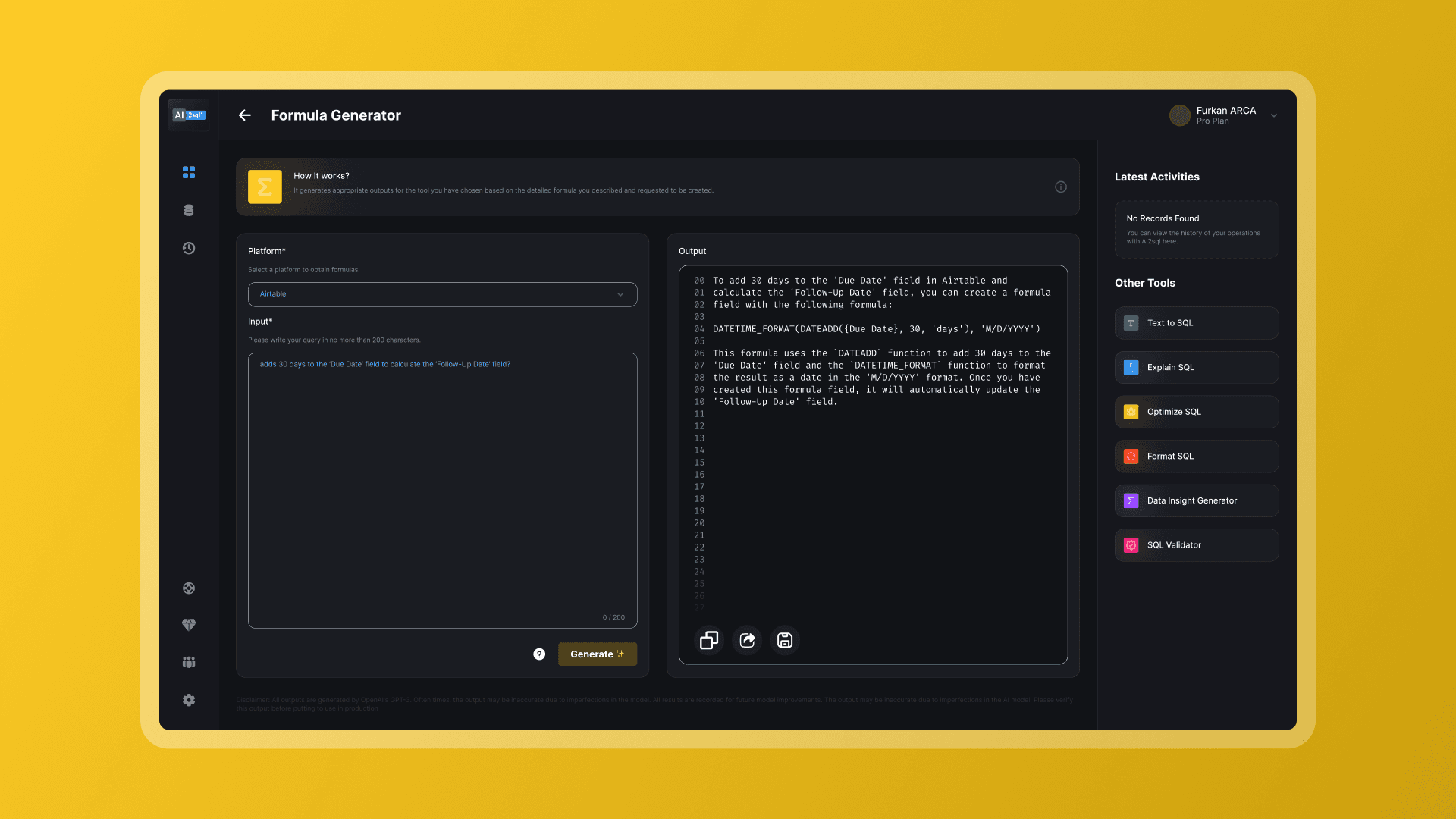TOOLS
Power BI DAX (Data Analysis Expressions) is a formula language used to create custom calculations and measures in Power BI, a business intelligence tool developed by Microsoft. DAX is similar to Excel formulas but is designed to work with relational data and enable complex calculations that are not easily achievable using basic aggregation functions.
DAX is used to create measures, which are calculations that aggregate and analyze data in a dataset. Measures can be created based on columns in the dataset, other measures, or custom formulas. DAX formulas can be used to perform a wide range of calculations, including arithmetic operations, statistical functions, date and time calculations, and more.
DAX includes a wide range of built-in functions, including aggregation functions (such as SUM, AVERAGE, and COUNT), time intelligence functions (such as DATESYTD and TOTALYTD), and filter functions (such as CALCULATE and FILTER). DAX also supports table and column expressions, which enable complex data modeling and analysis.
Overall, Power BI DAX is a powerful tool that enables users to create custom calculations and measures that are tailored to their specific business needs. With DAX, users can perform complex analysis and gain deeper insights into their data, which can help inform business decisions and drive growth.
Power BI DAX (Data Analysis Expressions) is a formula language used in Power BI to create custom calculations and measures. DAX formulas are used to analyze data in a more advanced way than the built-in aggregations in Power BI.
DAX functions can be used to create complex calculations based on data from different tables and columns. DAX formulas can be used to create calculated columns, calculated tables, and measures. Measures are particularly useful as they are dynamic calculations that can be used in visualizations to provide real-time insights.
Some of the key features of Power BI DAX include the ability to:
Create complex calculations using mathematical, statistical, and text functions
Create calculations based on data from multiple tables
Use advanced functions such as time intelligence, filters, and ranking
Aggregate data using functions such as SUM, AVERAGE, and COUNT
Use DAX formulas to create dynamic and interactive reports and dashboards
Scenario:
You have a dataset containing sales data for a company, and you want to create a measure that calculates the total sales for each quarter of the year.
DAX formula:

Explanation:
SUMX() is a DAX function that iterates over a table and applies an expression to each row. In this case, we want to iterate over the distinct quarters in the 'Sales Data' table.
VALUES() is a DAX function that returns a table containing the distinct values of a column. In this case, we want to get a table containing the distinct quarters in the 'Sales Data' table.
CALCULATE() is a DAX function that evaluates an expression in a modified filter context. In this case, we want to sum up the sales amount for each quarter.
SUM() is a DAX function that calculates the sum of a column.
This formula will create a measure that calculates the total sales for each quarter of the year, and you can use it in a table or chart visualization to display the results.





